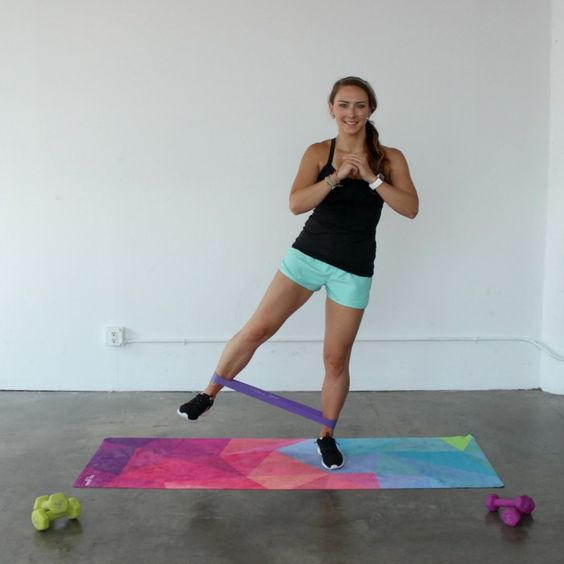Image: Daniel Reche
“These feet were made for walking, and that’s just what they’ll do….”
Nancy Sinatra was, in fact, singing about boots, but she wasn’t wrong when she said that those appendages at the bottom of our legs were meant for walking. Then there’s standing, tip-toeing, running, jumping, dancing, skating, skipping, swimming; keeping us hooked to a bike or a horse; tight rope walking. Feet can even do the work of hands for some people. Our feet do an incredible job for us; here are some of their amazing every-day achievements.
1. Our feet keep us grounded.
Our large, oval shaped feet are what keep us connected to the ground. Together with our magnificent brains, they give us the ability to balance on different surfaces, or in different conditions (ice, wet, high wind, for example). Multiple bones and joints form two arches (longitudinal and transverse) that react to different stimuli, such as sandy or rough ground, and help keep us upright. Our feet have thousands of nerve endings that detect information about the surface they’re on. This information travels at high speed to our brain, which relays urgent messages back to the foot muscles to get working. End result – we don’t fall over.
2. They’re at the centre of things.
We all have an invisible base of support, a no-falls safe zone. When we’re upright, with feet shoulder width apart, it’s a rough circle around the feet, about as wide as our shoulders. The closer together our feet are, the narrower the base of support. If we’re standing our body needs to be perpendicular to this circle, but if we’re running it will move a little beyond the circle as we gather momentum. If we move too far beyond our base of support we’ll start to fall. Our feet are key to helping us stay within this safe zone, informing our brain when we move too far beyond it, and activating the right muscles to bring us back in.
3. They’re team players.
Our feet work with muscles in our legs to enable us to move. Strong calf muscles (plantar flexors) push the front of the foot into the ground. The heel rises, and bingo, you’re off walking! Next we swing our leg through space, preparing to land the heel. Shin muscles (dorsiflexors) automatically pull up the foot, so that our toes don’t get caught on the ground. Muscle work is all about sharing the load: some muscles work as prime movers such as the dorsiflexors to lift the foot, others work as stabilisers such as the muscles in the other leg to hold us up.
4. They are super-adaptable.
Some people use their feet to draw and write. Take a look at these beautiful pictures drawn by an artist using his right foot. https://www.youtube.com/watch?v=8Mtxh
All this work is pretty hard on your feet. Here’s how you can help keep them healthy and rested.
1. Wear shoes that support but that aren’t too tight. Beware of shoes that pinch, especially those that squish your toes together. The shoes may look cool, but damaged toes and bunions don’t.
2. Include a foot and ankle strengthening routine in your work-out. You can get information on specific strengthening exercises from a physiotherapist.
3. Don’t over-do any activity, including the above-mentioned strengthening exercises. Over-use of tendons or muscles that move the foot, for example, can cause peroneal tendinitis or shin slints.
4. See a foot specialist if you have problems with your feet (corns, bunions, pain, swelling). Regular care by the right professional will keep your feet strong and healthy and ready to work wonders for you.
5. Pamper your feet occasionally with a home foot-spa. Even a basin of warm water and some soft towels will make them feel loved.
For more information about feet and foot care visit the College of Chiropodists of Ontario. You can search for a licensed chiropodist or podiatrist here www.cocoo.on.ca
R. Sian Owen PT









